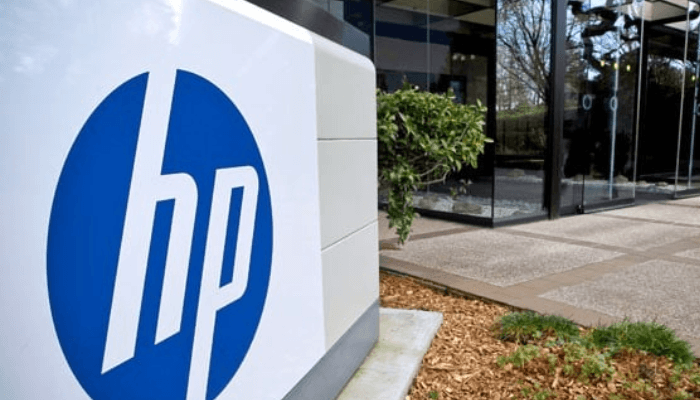HP Inc. has unveiled a suite of artificial intelligence–driven tools aimed at transforming workflows in the architecture, engineering, and construction (AEC) industries.
The new solutions are designed to enhance collaboration, streamline project execution, and boost productivity for teams working across digital and physical environments.
“AEC professionals have always shaped the future, but their creativity is often hindered by fragmented workflows and administrative barriers,” said Daniel Martinez, senior vice president and division president, HP Large Format Printing. “HP is fast-forwarding the industry into a new era where workflows, teams, and ideas flow seamlessly between physical and digital spaces, from concept to creation.”
At the centre of the launch is the HP DesignJet T870 printer, a next-generation large-format device built for agile and hybrid teams. HP also introduced updates to its HP Build ecosystem, including mobile-enabled scanning, AI-powered vectorization, and the HP SitePrint SMR Prism, a precision layout tool that simplifies on-site construction tasks and reduces project turnaround time.
The rollout marks a significant step in HP’s broader strategy to integrate AI, sustainability, and cyber security into workplace technology as industries adapt to faster project cycles and tighter margins.
“The world has changed, and so should the way we build and work.” Martinez said.
While developed with AEC professionals in mind, the DesignJet T870 is also positioned for broader markets such as retail and education, where there is rising demand for compact, energy-efficient, and versatile devices. The printer supports a wide range of applications, offering faster printing speeds and improved output precision while lowering operational costs.
Sustainability remains a central feature of the new portfolio. HP said the T870 model and its associated systems are engineered to minimize material waste and reduce carbon emissions through smarter energy use and recyclable components.
Martinez said that the company’s latest innovations reflect a long-term commitment to supporting smarter, faster, and more secure ways of working.
“Today’s announcements represent a major step forward in how professionals collaborate across offices, studios, and worksites,” he said. “By eliminating friction in the design-to-delivery process, we’re helping them focus on what truly matters, designing and building the world around us.”
As construction firms face mounting pressure to deliver projects more efficiently, HP’s renewed emphasis on AI-integrated design tools underscores a broader shift in enterprise technology, where automation and sustainability are reshaping productivity standards.

